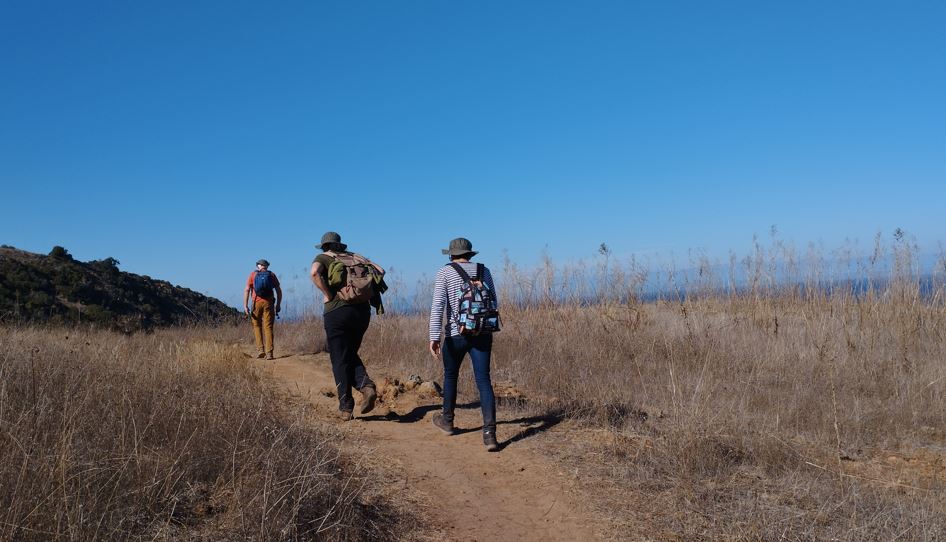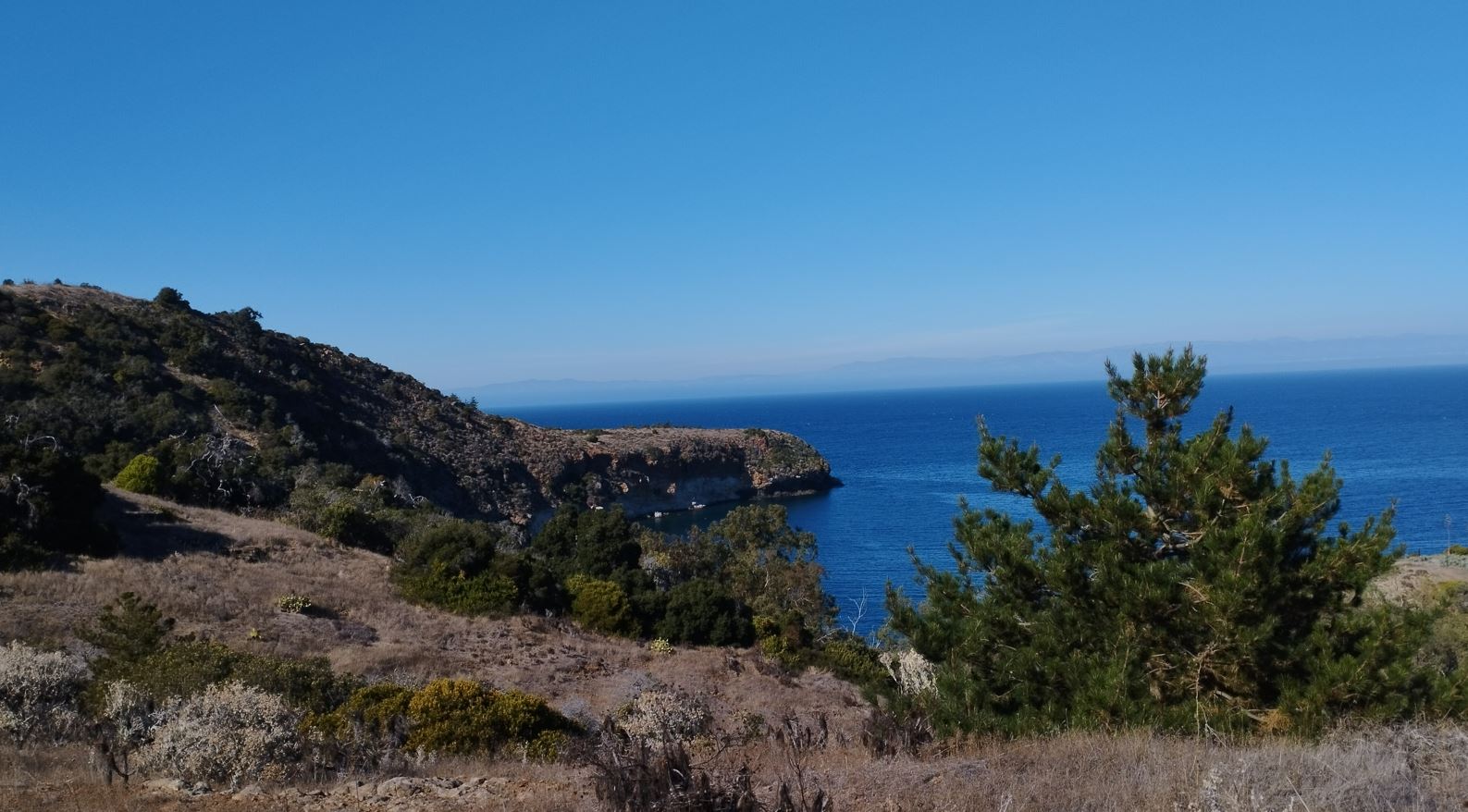If your research consists of reconstructing past landscapes and understanding how and why they changed over time, what forces drove the transformation, and where were the bottlenecks that unchained the vegetation evolution, then it is better to understand how these plants function today. We are looking back from the present and trying to unravel the paths that vegetation communities have taken to create the landscape we see today. So, we need to know our study site, to understand how the plants, soils, animals, and human communities interact and play their role in the ecosystem. That’s why we visited Santa Cruz Island during this 2023 fieldwork. Well, okay, and because we wanted to find the island fox.



It was an intense trip for many reasons. For example, crossing the Channel helped us to calibrate the catchment area of the marine core we are studying in MeSCAL, as it was sampled in the middle of the Santa Barbara Basin. Once ashore, we were able to hike in the natural park and enjoy the landscape, learn about the plants that live on the islands and identify some of the endemic taxa that are unique to the Channel Islands. We saw how quickly the native chaparral and island scrub communities are recovering after the removal of sheep and goats from the island in the 80’s and 90’s. We learned a lot and we had the chance to better understand the landscape of Santa Cruz.

As we returned to the mainland, leaving behind the sun drawing in the ocean behind the dark silhouettes of the Channel Islands, we could also feel the sea breeze on our skin and enjoy the coastal landscape, as the Chumash communities did not so long ago, sailing in the tomols and moving around the Santa Barbara Basin. And well, we didn’t find the island fox, but we did have the chance to see whales and dolphins on our trip to the islands!